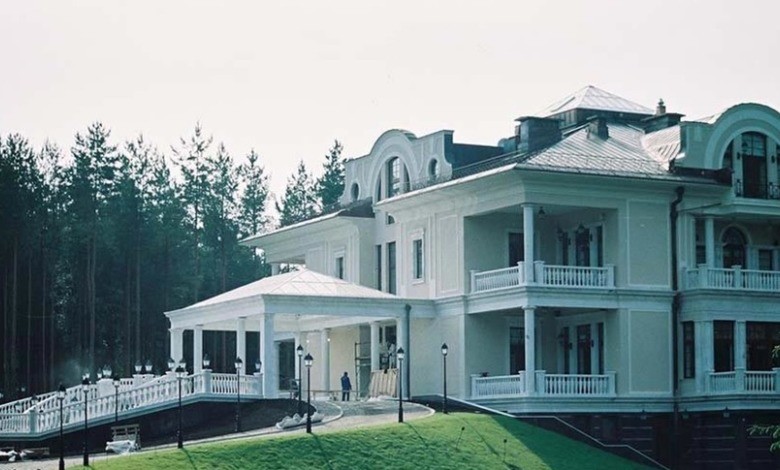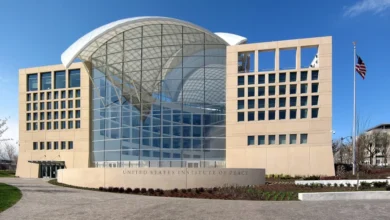Seven air defense systems protect Putin’s Valdai residence: ISW
Having adopted the experience of Ukraine, the Russian military created mobile fire groups.

Strikes by Ukrainian unmanned aerial vehicles (UAVs) in deep Russian territories continue to put significant pressure on the Russian air defense system (ADF) and force the Russian military command to prioritize the allocation of limited resources to protect important facilities. This is reported by the American Institute for the Study of War (ISW) in its reports from July 16.
Analysts note that satellite images revealed the concentration of at least seven Pantsir-1 air defense systems around the residence of Russian President Vladimir Putin in Valdai, Leningrad Region.
Ruslan Pukhov, the head of the Moscow-based Center for the Analysis of Strategies and Technologies and a member of the Civilian Advisory Council of the Russian Ministry of Defense, said that such an arrangement of air defense systems is impractical, as it allows Ukrainian UAVs to bypass Russian air defenses and strike from unobstructed directions.
“Obviously, the Russian military lacks the necessary air defense systems to protect all critical objects in the west of Russia. Even protecting potential targets in well-protected areas is problematic,” the analysts emphasize.
Pukhov called on the Russian Armed Forces to implement an innovative decentralized approach to protect objects on Russian territory from Ukrainian drones and warned that Ukrainian UAVs could penetrate even deeper into Russian territory.
The Russian military began forming mobile fire groups—decentralized units that Ukraine successfully used to defend against strikes by Russian Shahed-136/131 drones—in March 2024. However, these groups have not yet been deployed on a sufficient scale to ensure the protection of critical facilities in western Russia.
Continued pressure on Russia’s air defense system has led some regional authorities to openly state that Russian companies and local governments cannot rely on federal air defense and must provide their own means of combating drones.
Pukhov also proposed to allocate a fleet of light aircraft to intercept Ukrainian UAVs, but admitted that the low level of production of such aircraft in Russia makes it difficult to implement this proposal.





